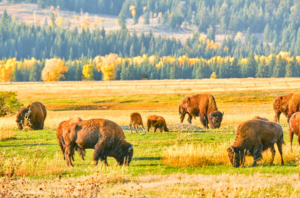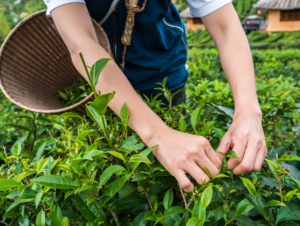STORYMAPS
Storymaps are dynamic, interactive, and data rich narratives that create context and meaning for the data on the NLIS.
Storymaps

Water is Life: Native Efforts to Restore Water Systems
Native American efforts to protect our water systems are integral to the restoration and preservation of this non-human relative.

Empowering Tribal Climate Adaptation Through Data
Learn more about the first-of-its-kind Climate Data Portal for US Native Lands—designed to strategically support tribal climate planning.

The Buffalo’s Resilience in the Face of Settler Colonialism
As Native nations reintroduce buffalo to the lands they’ve stewarded since time immemorial, their lands, ecosystems, and communities heal.

Data Tools for Native Ranchers
This storymap walks through each resource introduced on our “Data for Native Farmers” topic page.

Data Tools for Native Farmers
This storymap walks through each resource introduced on our “Data for Native Farmers” topic page.

Good Fire: Mitigating Wildfire Risk & Healing Native Lands
After a long history of fire suppression in the United States, Native communities are reintroducing good fire to their lands.

Grasslands: The Lands and the People That Call Them Home
Take a deep dive into the world of grasslands and learn more about: different characteristics of grasslands, Native care of grasslands historically and today, and how grasslands serve and support our world’s ecology, economies, and climate.

Building Up Native Youth in Agriculture
How well-represented are Native youth in the overall population of Native agriculture producers? What difficulties do Native youth face when entering agriculture, and what resources exist to support and empower them?

The Legacy of Allotment on Contemporary Native Agriculture
In this storymap, we explore recent data from the USDA Census of Agriculture for American Indian Reservations to illustrate the devastating and intergenerational impacts of the Dawes Act. Although we trace current disparities back to their roots in oppressive agricultural policies, Native communities across the country have been leading efforts to change the narrative.

